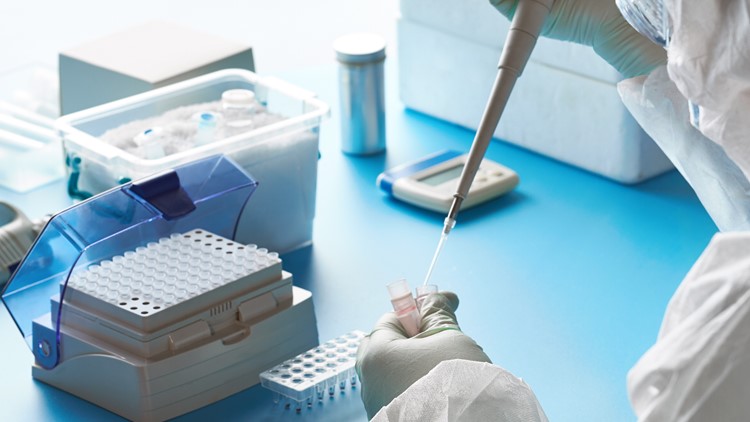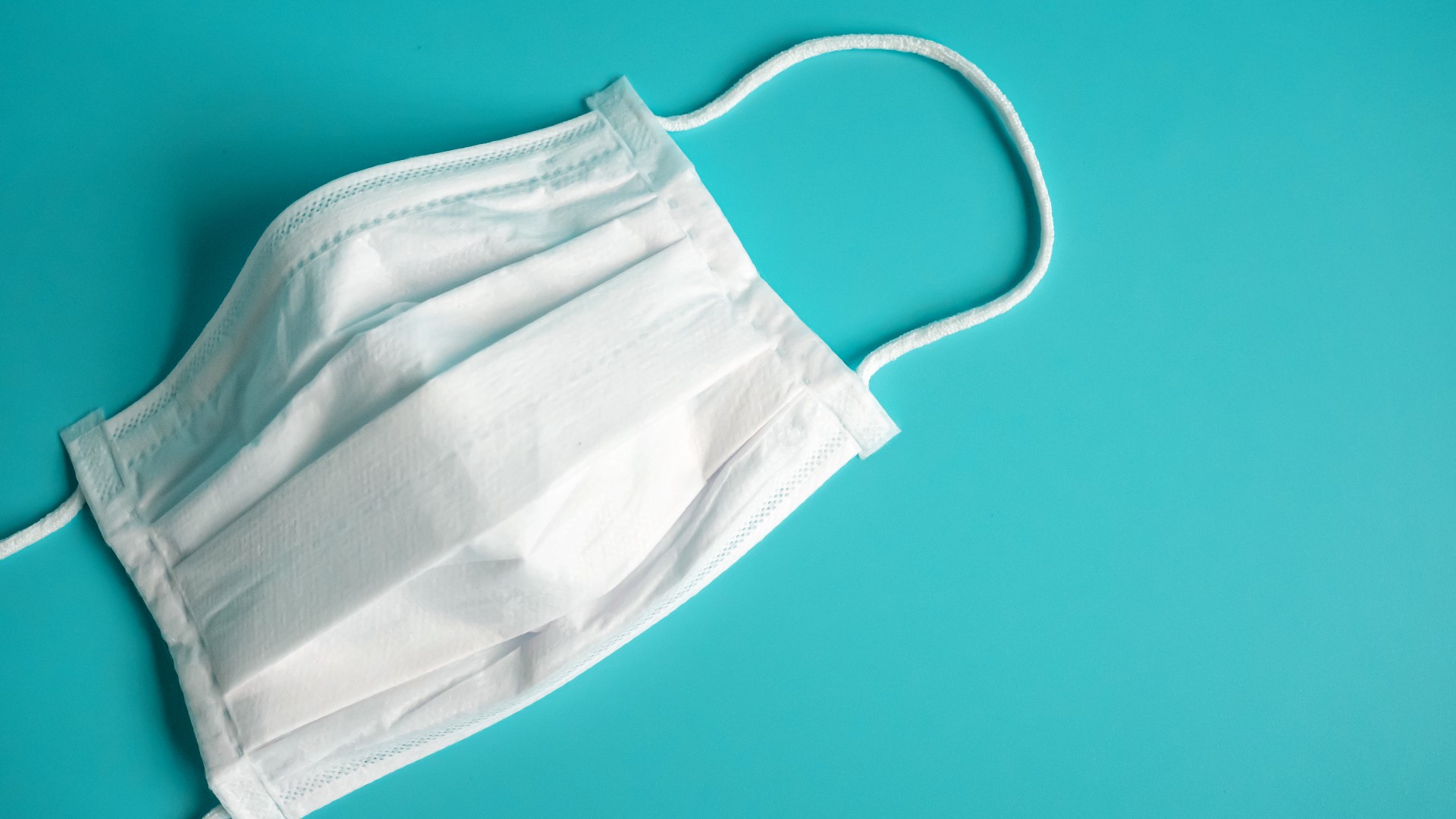ST. LOUIS — The City of St. Louis has issued a report highlighting the impact COVID-19 has had on the city this past year.
St. Louis’ Department of Health said the report illustrates trends among COVID-19 cases, testing, and fatalities to shed light on vulnerable communities and regions within the city.
“The report provides us with a one-year snapshot of the pandemic and its impact on the City, and will assist in planning our ongoing recovery efforts,” says, Dr. Fredrick Echols, acting director of health for the City of St. Louis. “The report will be a critical resource in our future public health and safety interventions, including guidance for face covering, social distancing, and the dissemination of vaccine.”
Here are the key findings from the report:
- The most vulnerable populations continue to be older adults above the age of 50 and African American men and women. Case rates among African Americans rose dramatically during the first wave of the pandemic. During the second wave, Asians and African Americans primarily drove the increase in cases. However, Caucasians drove the increase in case counts for the third and largest wave.
- While previously those aged 20-39 years old were driving the pandemic, the share of daily cases among these ages declined, and case rates among those above the age of 50 have recently been on the rise.
- Data shows the greatest number of fatalities fall in the age group of those older than the age of 80.
- The highest distribution of COVID-19 cases have come from the Central West End, South City and Downtown regions. More specifically, during the lifetime of the pandemic, case counts have increased among zip codes 63111, 63118, 63116, and 63109.
The St. Louis Health Department’s Emergency Preparedness Planner Justen Hauser said the report findings emphasize the important role community partners have played in the city’s response efforts.
“We are extremely fortunate to have had such strong collaborative partners assist us this past year. Our metro area hospital systems, Federally Qualified Health Centers, academic institutions, faith-based organizations, St. Louis Unified Health Command, PrepareSTL, and STLTV are a few of the entities that have been front and center in shouldering efforts to protect our resident during the first year of the pandemic,” Hauser said.
Click here for the city’s full report.



